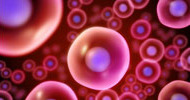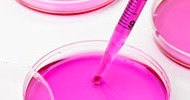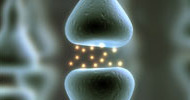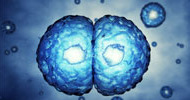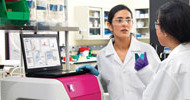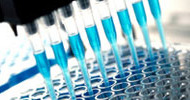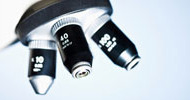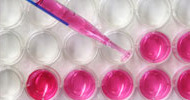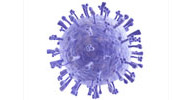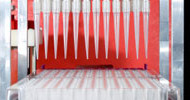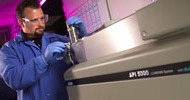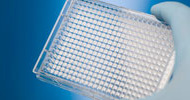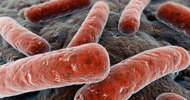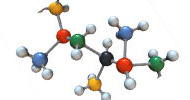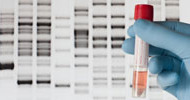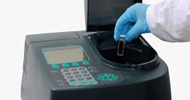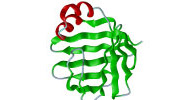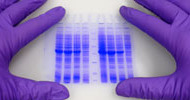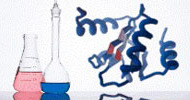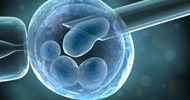Description
Munich, Germany, March 27, 2014 – German biotechnology company, ibidi GmbH, introduces Fuse-It reagents, a new alternative to gene transfection. This novel product line uses membrane fusion as a highly superior method of transferring various molecules and particles into living cells. The speed and efficiency of this technique cuts down experiment times from days to minutes.Membrane fusion makes it possible to effectively incorporate different classes of molecules into the cellular membrane or into the cytoplasm. With the Fuse-It product line, ibidi, in cooperation with beniag GmbH, offers a wide range of specifically optimized solutions for various molecular classes, which are required for a wide range of applications (e.g., dyes, proteins, lipids, and beads).
Fuse-It also provides really fast results–within only seconds to a few minutes–independent of cell type, cell density, and developmental state. Due to systematic adaptations of the liposome composition, Fuse-It products guarantee fusion efficiencies up to 80-100%. Additionally, the very short incubation times provide an almost unaffected cell behavior after the molecule transfer. These advantages make membrane fusion a strong strategy for functional studies and therapeutic approaches in cancer research and cell biology.
“For the first time, Fuse-It allows for the fast and efficient incorporation of proteins and other molecules into mammalian cells, without the need for genetic manipulation“, explains Dr. Roman Zantl, President at ibidi GmbH. “We are positive that this efficient method of transferring molecules into living cells will revolutionize the way people work in experimental cell laboratories.”
The incorporation of small liposomal carriers into the plasma membrane of mammalian cells is the idea behind all of ibidi’s Fuse-It products. Specific liposomal carriers are able to attach and instantly fuse with plasma membranes in a physicochemical-driven manner. Since ibidi’s new Fuse-It reagents efficiently use this mechanism and fuse immediately upon contact with mammalian cell surfaces, the transfer of molecules is independent of biological processes, such as endocytosis, pinocytosis, and specific receptor binding.














